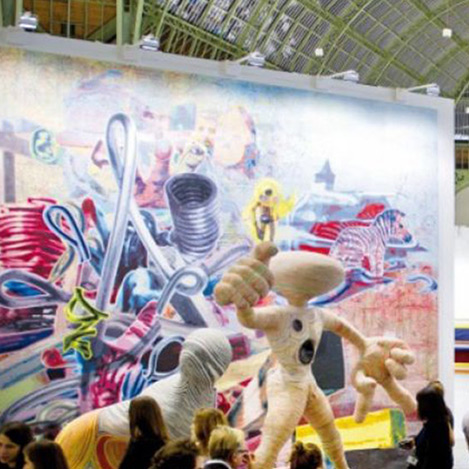A prelude to the arrival of Impressionism, the painting of the artists of Barbizon has made the tradition of the historic landscape disappear, until then produced in the studio. Even more surprisingly, these painters invented themselves as influential avant-garde environmentalists.
THE LITTLE TOWN OF BARBIZON
About sixty kilometers south-east of Paris, at the edge of the trees of the Fontainebleau forest, stands Barbizon proudly. In the heart of Seine-et-Marne, this small village of 1,200 souls could be peaceful and anonymous like its neighbors Saint-Martin-en-Bière, Chailly-en-Bière or Cély. But Barbizon is not made of that wood. Each year, no less than 35,000 tourists flock to its streets. We speak Japanese here, English there and the passports placed on the bedside tables of the rooms are German, Dutch, Russian, American, Chinese or even Brazilian. Formerly inhabited by farmers, charcoal burners and lumberjacks, Barbizon acquired its international notoriety by becoming, in the 19th century, the cradle of an Art Nouveau: the landscape.
In 1830, while the cities grew, were draped in pollution, the roads began to streak forests and factories to dry up rivers, the bourgeoisie entered an era of all power. The appearance of the movement of the landscape in French painting at this time constitutes a phenomenon of yet unsuspected power. In the academic tradition, the study and analysis of nature is only a simple step considered inferior to intellectual experience, and the landscape is a minor genre. The instigators of this innovative Art flee these new urban monsters of concrete and steam to seek to flourish calmly in nature. Gradually rejecting bourgeois academicism and the artistic criteria set around the neoclassical tradition, these artists find endless sources of inspiration in 17th century Dutch landscape painting and contemporary English landscape.
AT THE BEGINNING OF IMPRESSIONISM
While its founding members had already all died out, the term Barbizon school appeared retrospectively in the 1890s in Scottish art critic David Croal Thompson's work The Barbizon School of Painters. In reality, there was never a school in Barbizon, but indeed a group of painters with various styles and different techniques who came together between 1830 and 1875 on the outskirts of the forest of Fontainebleau. Without doctrine, without theory, rejecting outright the academicism of a painting considered impressionist, the painters of Barbizon benefited from the evolution of techniques to express themselves in the open air. The invention of pewter tubes, marketed in France from 1840, offered painters the possibility of a freer approach to nature and ever longer trips outside their workshops.
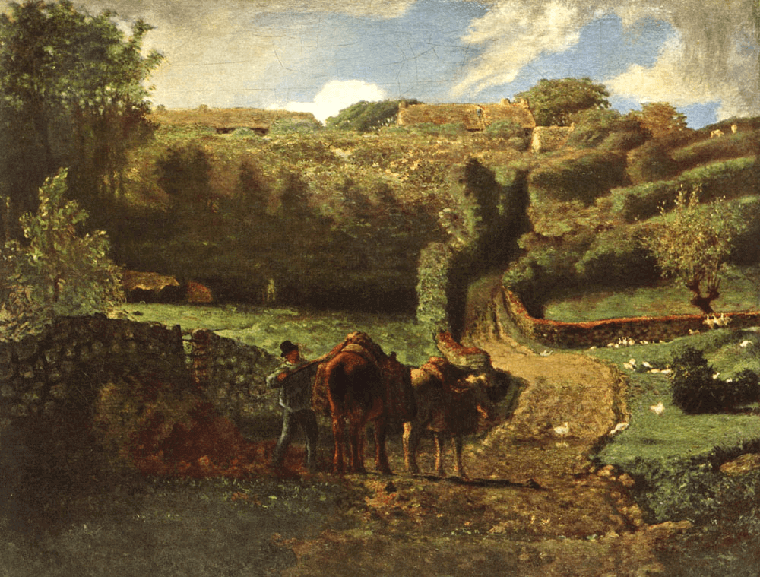
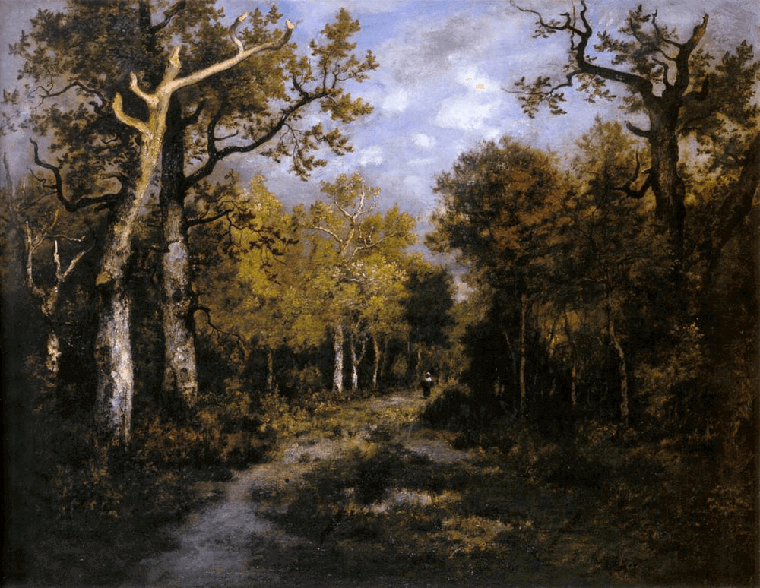
The most famous painters of the current are called Théodore Rousseau, Jean-François Millet, Jean-Baptiste Camille Corot or even Charles-François Daubigny. Installed in the Auberge Ganne, converted in 1995 into a museum of the Barbizon School, most of them are excluded or rejected from the Salon. Applied to reproduce the splendours and reflections of nature, inextricably linked to man's eternal efforts against this earth. The men of Barbizon painted the accidental and unpredictable beauty of the forest and its trees tortured by time, or the singular beauty of the sufferings of the land worker. Too bucolic, too many trees, too many setting suns, they sent painting back to the Neolithic era of modernity. But by abandoning idealization in favor of sensation, Rousseau and his companions certainly deeply influenced the future group of impressionists. By opposing resistance to the tearing of French forests, the painters of Barbizon have positioned themselves as influential environmentalists before their time.
IN DEFENSE OF THE GREEN MUSEUM
Too much sky and above all too much importance given to trees. In 1836, the young Théodore Rousseau saw his last painting refused by the Salon jury. In love with these branches especially if they are sinuous, these trunks especially if they are tortured and these foliage, the young painter leaves Paris and breaks with academicism by settling in front of the forest of Fontainebleau. At the same time, Achille Marrier de Bois d'Hyver, inspector of the General Administration of Forests in his state, put on the warming blue. Its mission is to renovate French forests according to the standards imposed by the young National School of Water and Forests in Nancy. Destroy old forests, cut down trees that are too old and fill the moors by planting conifers. The industrial revolution is in full swing and there is no shortage of lumber. Fontainebleau, its 25,000 hectares and above all its old twisting oaks, is not the ideal forest for Bois d'Hyver and it must be tackled. But for Théodore Rousseau and his companions, these secular oaks and these sparkling rocks are the equivalent of "models which have been left to us by Michelangelo, Raphaël, Rembrand". In the name of this green museum, the painters of Barbizon will enter into resistance to save these last oases of natural forest.
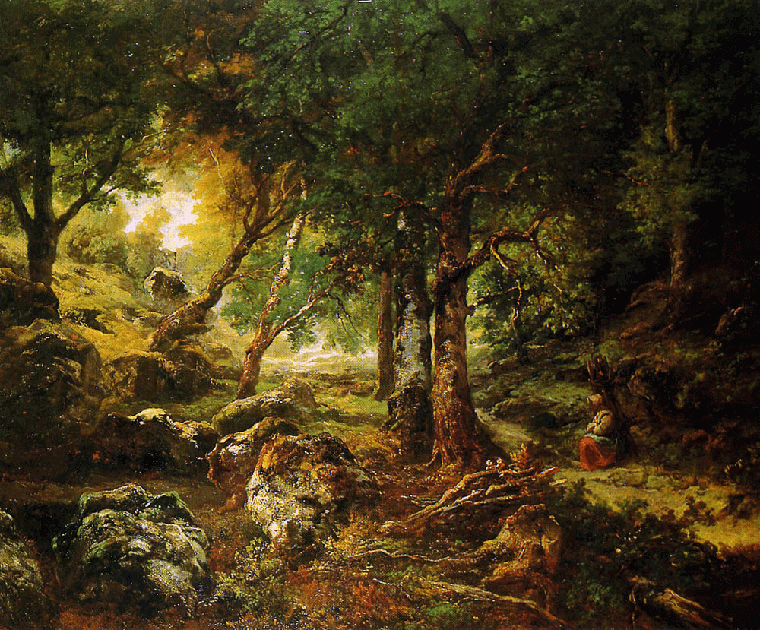
In 1853, they obtained the decommissioning of nearly 624 hectares. Having become an influential lobbyist, Théodore Rousseau took advantage of his success and the recognition of his art, and dozens of forest interiors were exhibited at the Salon, to receive the support of important personalities, Théophile Gautier in the lead. On the strength of his new connections, he learned with happiness that nearly 1000 hectares of Fontainebleau were "withdrawn from any development" by creating "artistic sites" by the decree of August 13, 1861. Saved, the old forests of Tillaie, Gros-Fouteau, Chêne-Brûlé or Sales-à-la-Reine! The death of Théodore Rousseau in 1867 saw Michelet, George Sand and even Victor Hugo take turns campaigning against these announced destruction. Hugo will even argue "A tree is a building, a forest is a city, and among all the forests, the Fontainebleau forest is a monument. What the centuries have built, men must not destroy." But as is often the case, artistic or scientific interest will not be enough not to downgrade these areas or to divert the A6 motorway, nor the N7 national road. If the future of the forest of Fontainebleau will remain forever uncertain, its past is eternally marked by these painters who revolutionized their art but also and above all their society.
FRÉDÉRIC THIÉRY, BLOWJOB FOR BARBIZON
The foot put in the stirrup by an artist-painter father, Frédéric Thiéry has been interested from an early age in drawing and painting. After many experiences in Spain or in the south of France, Frédéric Thiéry made a decisive encounter with a collector of paintings in the early 2000s. The latter introduced him to the Barbizon school and the masters of the Provencal schools. Love at first sight for Frédéric, who decides to bring his touch of modernity to it. With an ounce of abstraction, its bright colors energize its representations of streets, ports or beaches.
Frédéric Thiéry practices joyful and colorful painting. His works dust off the traditional subjects of the past. Like his philosophy of life, Frédéric wishes to convey gentleness, cheerfulness and harmony through his painting. Humor is an important component of his work which he expresses through the titles of his works.







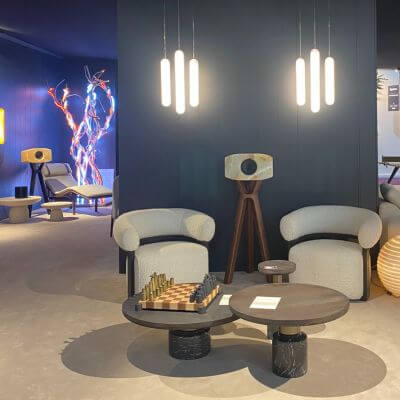
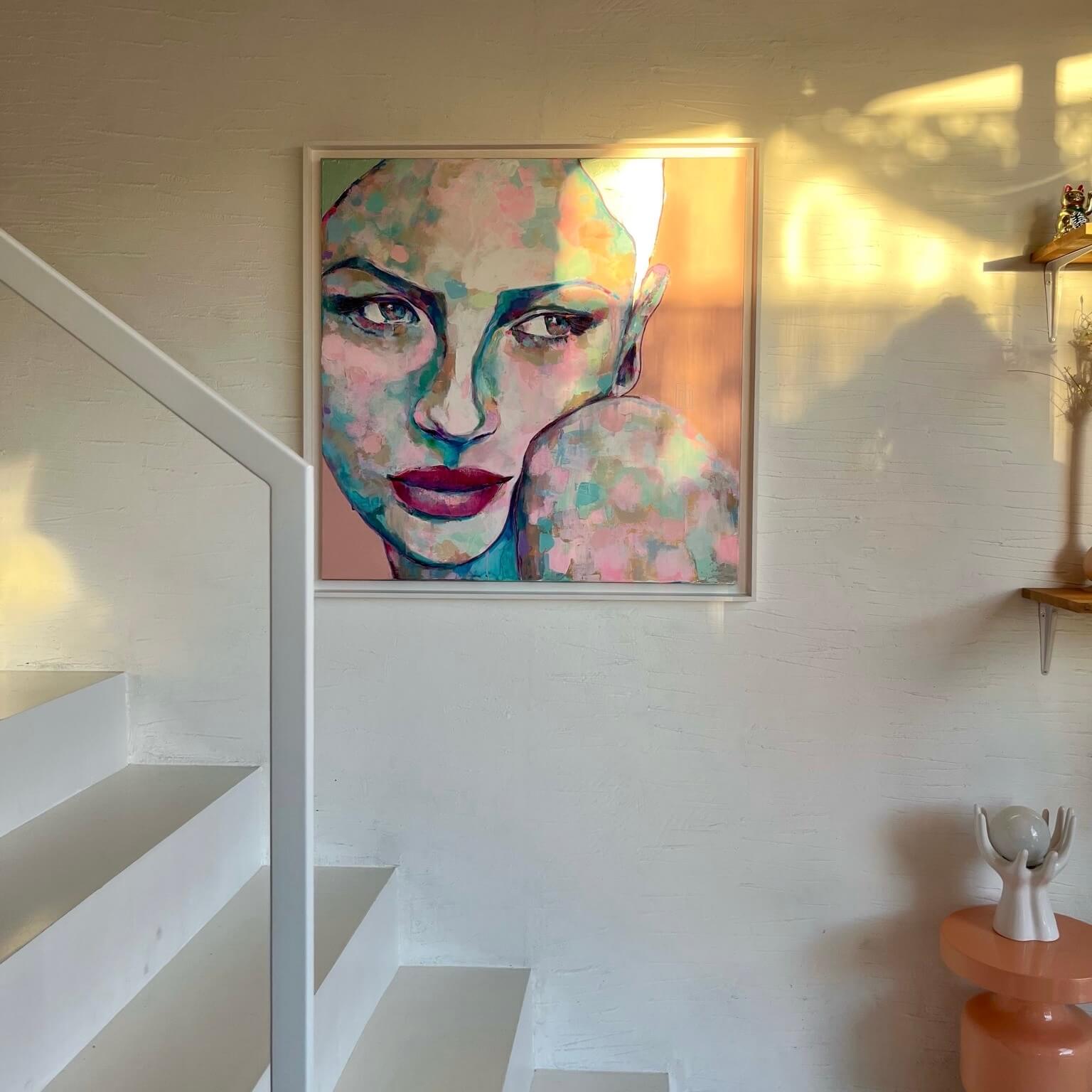
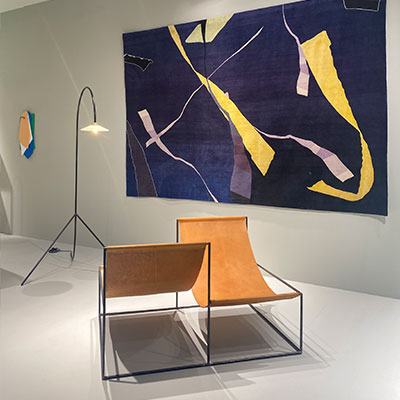
.png)
